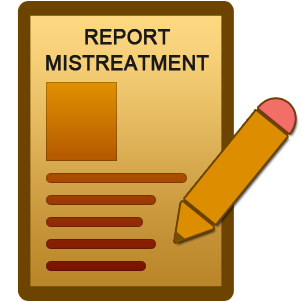Defining Mistreatment
What is Mistreatment?
Mistreatment, either intentional or unintentional, occurs when behavior- shows disrespect for the dignity of others,
- unreasonably interferes with the learning process, and/or
- creates a hostile learning environment.
Examples of Mistreatment
Examples of mistreatment include, but are not limited to:- sexual harassment or assault;
- harassment, bias, or discrimination based on race, ethnicity, gender identity, body weight, sex, sexual orientation, religion, socioeconomic status, age, nationality, culture, pregnancy status, disability, mental health, marital status, career plans, or family plans;
- public or private humiliation, or inappropriate “singling out”;
- psychological harm or abuse;
- marginalization on the team;
- physical contact that is unwanted, harmful, abusive, and/or offensive;
- use of grading and other forms of assessment in a punitive manner;
- breach of personal boundaries, including inappropriate personal questions & comments;
- assignment of tasks, particularly of a personal nature, that are unrelated to educational goals;
- threats involving any of the above.
Mistreatment, by nature, is difficult to completely define and is a personal experience.
If you feel as if you were mistreated in some way, or observed mistreatment of a fellow student that you found troubling, then your experience is a valid one worthy of reporting.
Even if you feel unsure about what you experienced, please know that there is no harm in reporting it honestly and making an appointment to discuss what you experienced.

